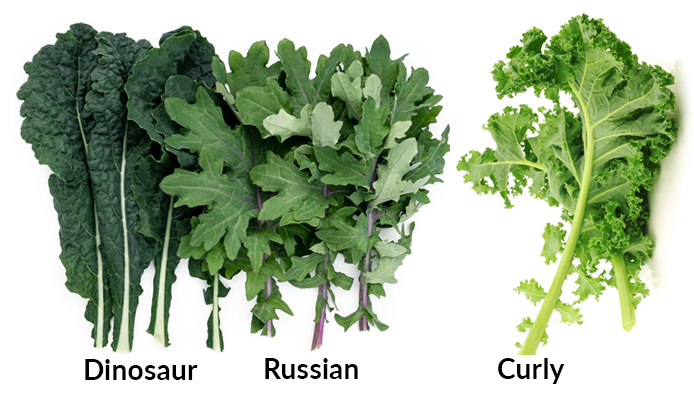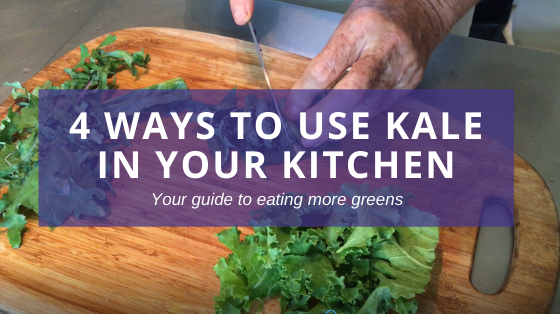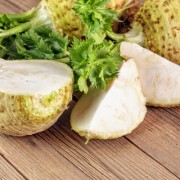4 Ways To Use Kale In Your Kitchen
We teach that dark, leafy greens are the staple of a healthy diet. To give you some ideas on how to use leafy greens, we’ve put together this post with video demonstrations on how to use the leafy green kale in your kitchen.
Kale is a highly nutritious green, but it also contains antinutrients like oxalates or oxalic acid. Because kale is so nutrient dense, the plant had to come up with a mechanism to protect itself from being eaten by animals and insects and so we have oxalic acid.
One of the principles we have in our kitchen is that we always prepare food with antinutrients in such a way that we attempt to minimize them. For example, we soak (activate) nuts and seeds to minimize phytates and we allow kale to be prepared only in specific ways to ensure minimization of oxalic acid and the proper extraction of the nutrients from the fibrous leaves.
First, here are three kinds of kale:
- Dinosaur Kale
- Russian Kale
- Curly Kale

We encourage you to buy and use all three of these to add variety to your diet. There are more kale varieties than these three, see what you can find at your farmer’s market or health food store. You can still use these same preparation methods for all types of kale.
In this video Dr. Baylac shows four different ways to use kale in the kitchen. You can use kale in a smoothie, marinated and massaged in salad, wilted in broth with onions and garlic and marinated and dehydrated to make kale chips.
#1 Add Kale to a Smoothie
Since kale is a rather tough, fibrous leaf, you want to use a method that will help to break down nutrients like blending so all of the nutrients are released from the cell walls and are easier to absorb. Wash 2-3 kale leaves and strip the green leaf part off the rib or stem and add to your blended smoothie. Here is a great recipe for an anti-inflammatory smoothie that contains kale.
#2 Gently Cook Kale in Broth
This method is very easy and does not require a long cooking time. Gently cook chopped kale at low heat in a little broth with onions and garlic. Put the lid on so that it creates steam and to stop the broth from evaporating. Only 3-5 minutes of cooking is required. You will know the kale is ready when the leaves are wilted and became darker in color. If you don’t have broth, water is fine too. Broth adds more nutrients though. You will see in our videos how we are constantly saving vegetable scraps to make broth. This is a great way to use vegetable peels and cut offs.
#3 Marinate & Massage Kale for Salad or Eating Raw
We do not recommend eating kale raw without marinating or massaging it first. Breaking the fibrous leaves down using olive oil, lemon juice and salt turns the leaves into soft, wilted leaves that are much easier to chew properly. When we don’t chew our food well enough, we leave certain nutrients trapped so as to pass straight through the digestive tract without gaining their benefit. Since kale is such a nutrient powerhouse, it’s critical that we predigest and soften the leaves and marinating/massaging is a perfect technique for doing that. Also, delicious!
In this video Dr. Kelsey Becker shows how to use lemon juice, olive oil and salt to massage kale to prepare it to have a soft texture for eating raw, plus minimize the oxalic acid load of the kale.
#4 Make Kale Chips for a Healthy Snack
It’s much easier than you may think to make kale chips. In this video Dr. Kelsey Becker shows how to make kale chips at home. This is such a delicious and healthy snack and the varieties you can create are endless! . You do not have to have a dehydrator, you can also make these in your oven or toaster oven at it’s lowest setting. Enjoy!
We hope that these four ways to use kale will help you to incorporate more dark leafy greens into your diet. SUBSCRIBE to our YouTube channel so that you always know when we upload new videos plus let us know in the comments any questions you may have or videos you’d like us to make.









